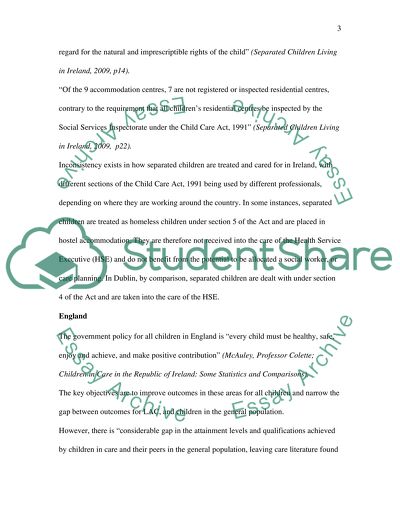Cite this document
(“Looked After Children Essay Example | Topics and Well Written Essays - 2000 words”, n.d.)
Looked After Children Essay Example | Topics and Well Written Essays - 2000 words. Retrieved from https://studentshare.org/miscellaneous/1515760-looked-after-children
Looked After Children Essay Example | Topics and Well Written Essays - 2000 words. Retrieved from https://studentshare.org/miscellaneous/1515760-looked-after-children
(Looked After Children Essay Example | Topics and Well Written Essays - 2000 Words)
Looked After Children Essay Example | Topics and Well Written Essays - 2000 Words. https://studentshare.org/miscellaneous/1515760-looked-after-children.
Looked After Children Essay Example | Topics and Well Written Essays - 2000 Words. https://studentshare.org/miscellaneous/1515760-looked-after-children.
“Looked After Children Essay Example | Topics and Well Written Essays - 2000 Words”, n.d. https://studentshare.org/miscellaneous/1515760-looked-after-children.


